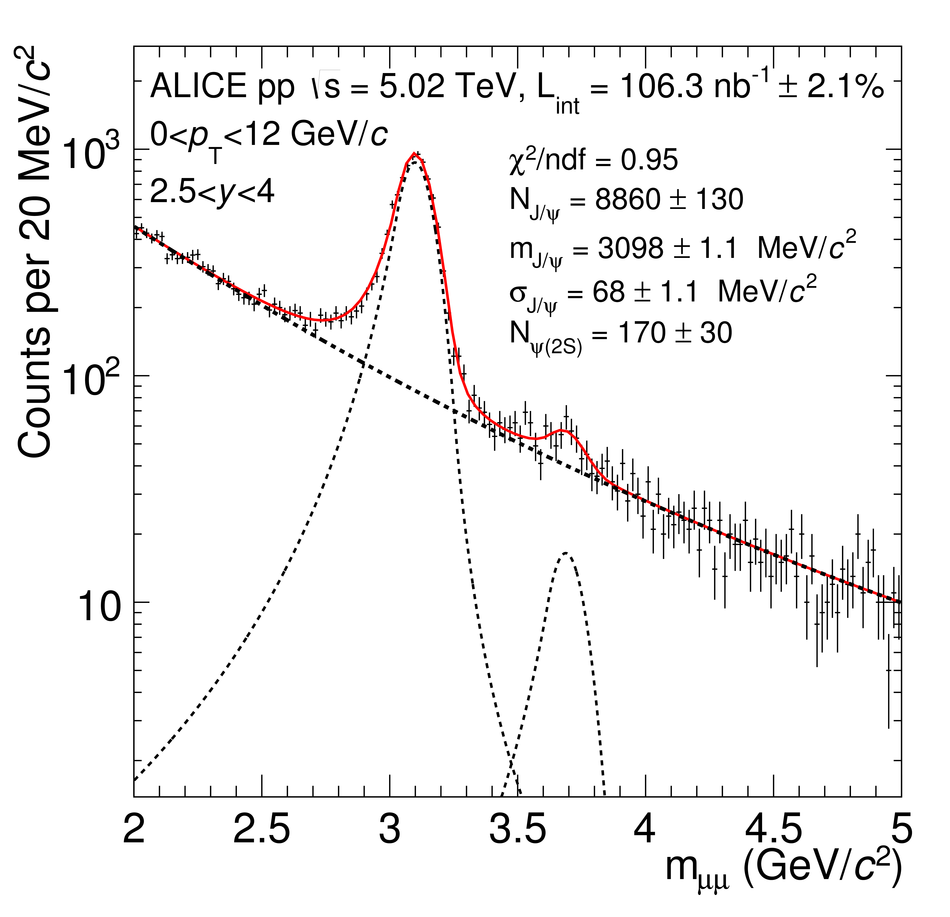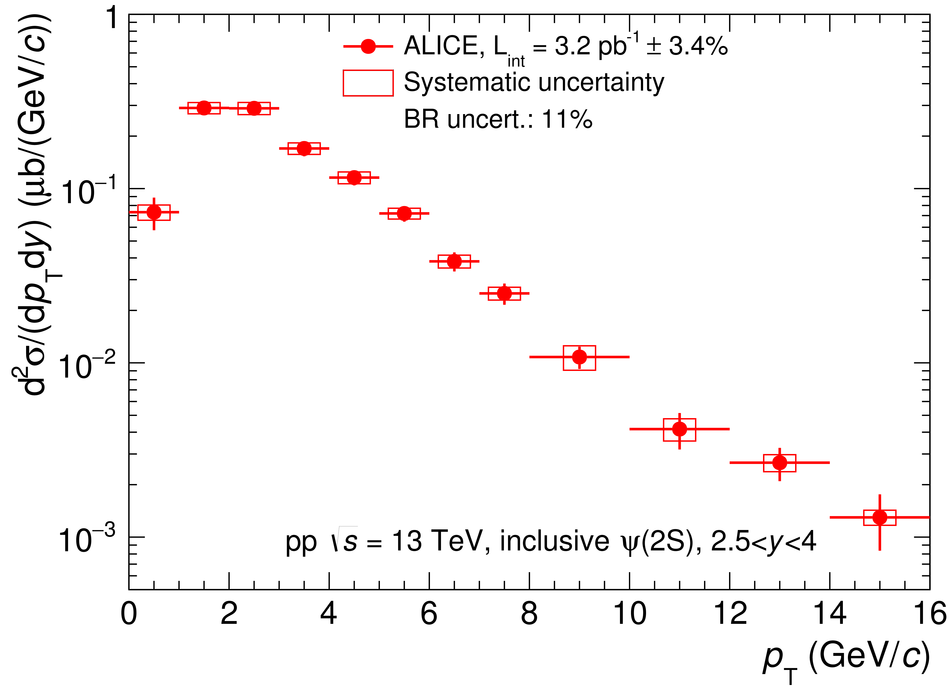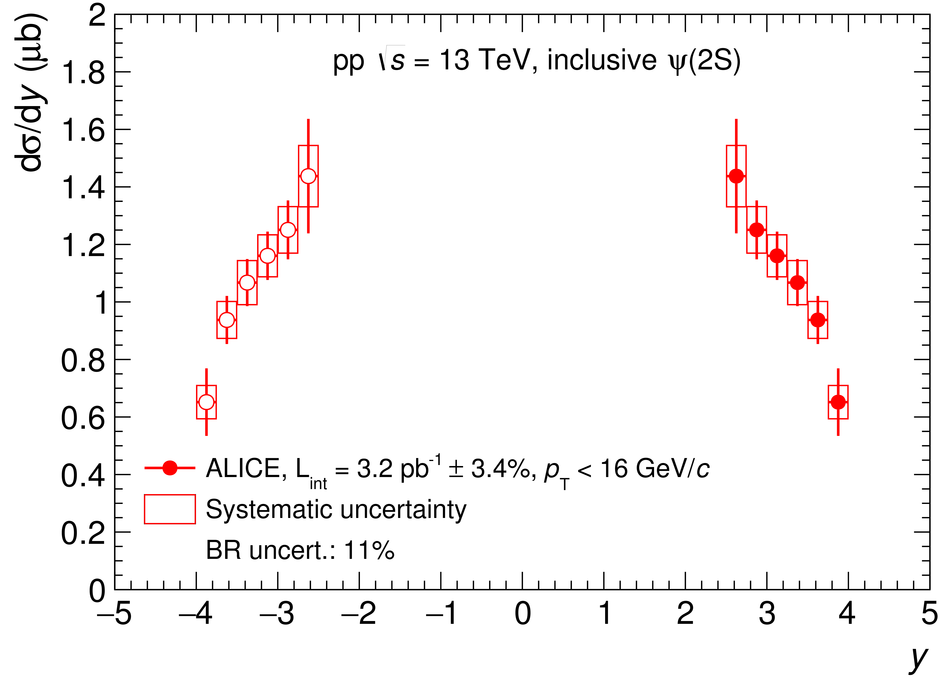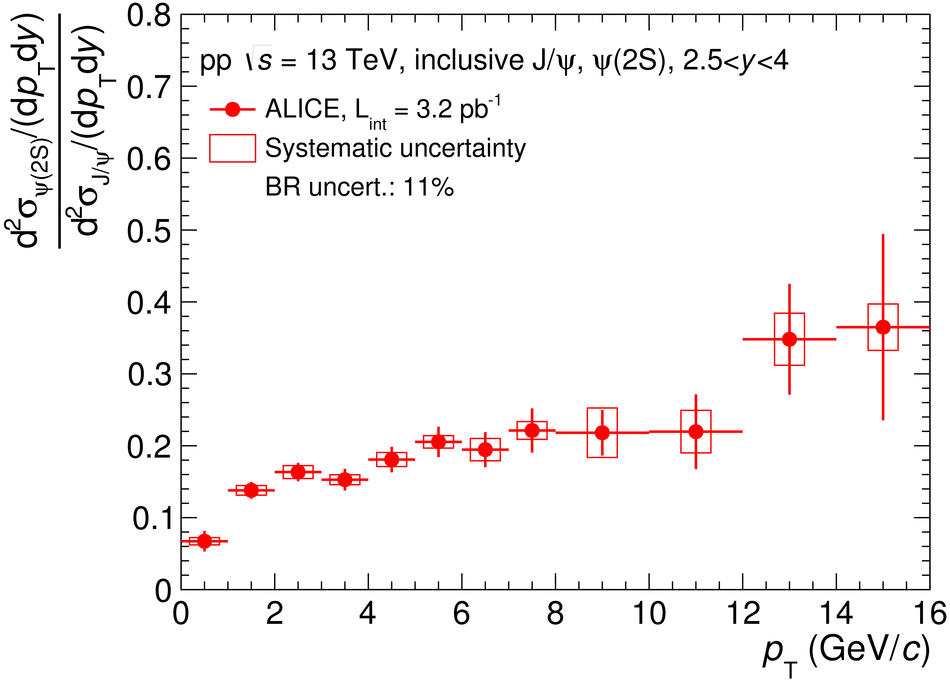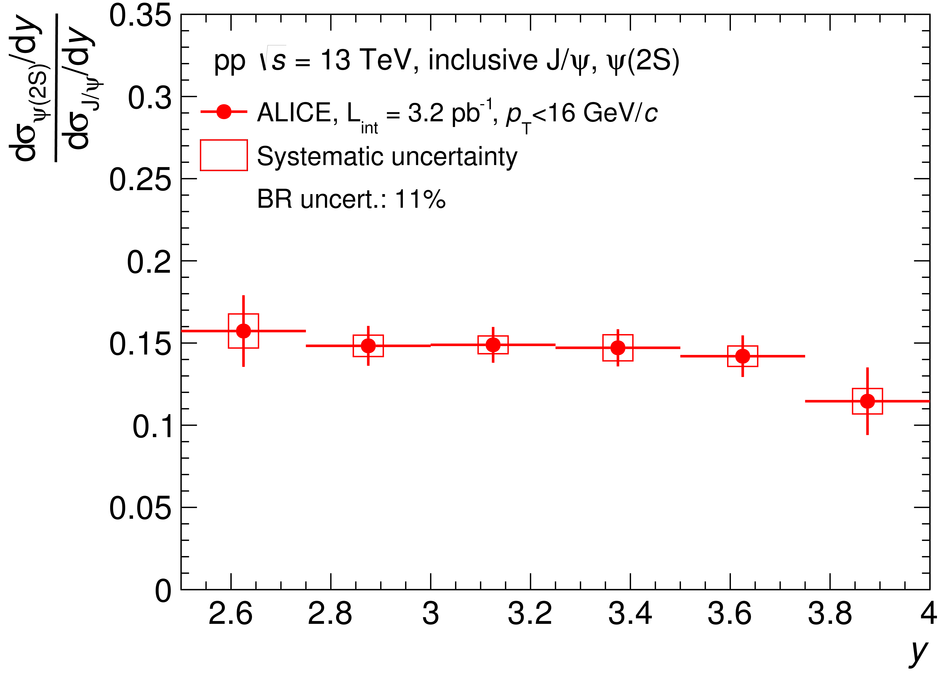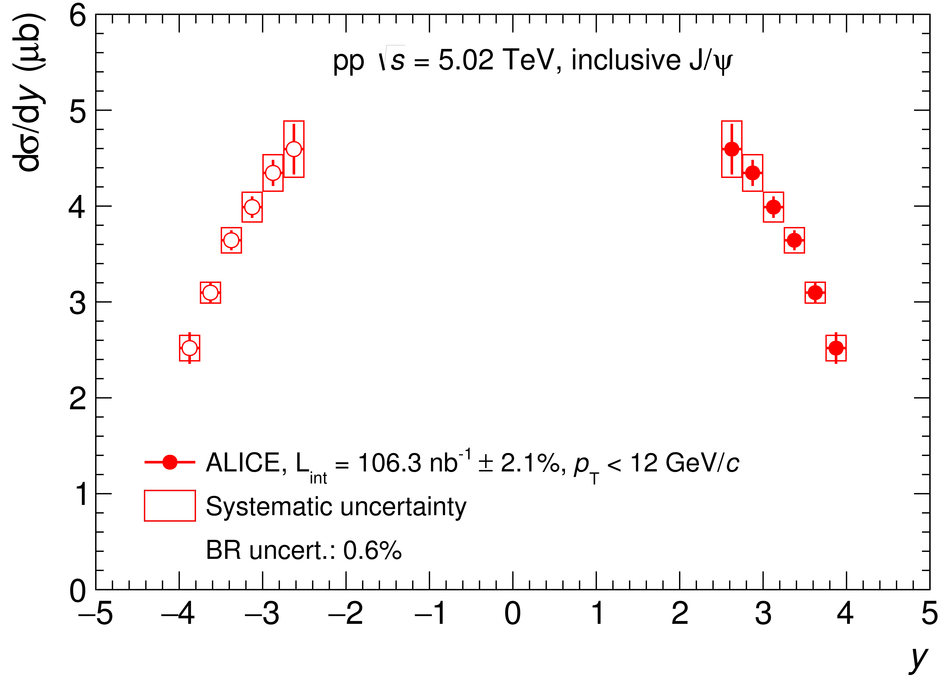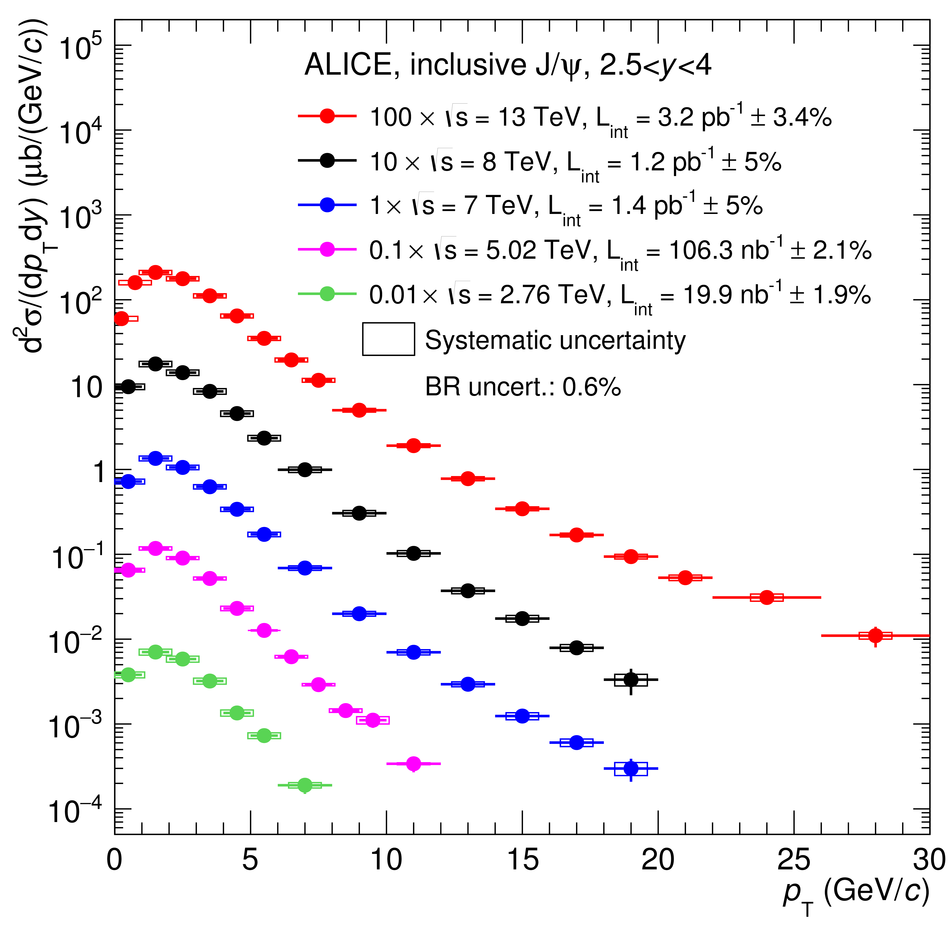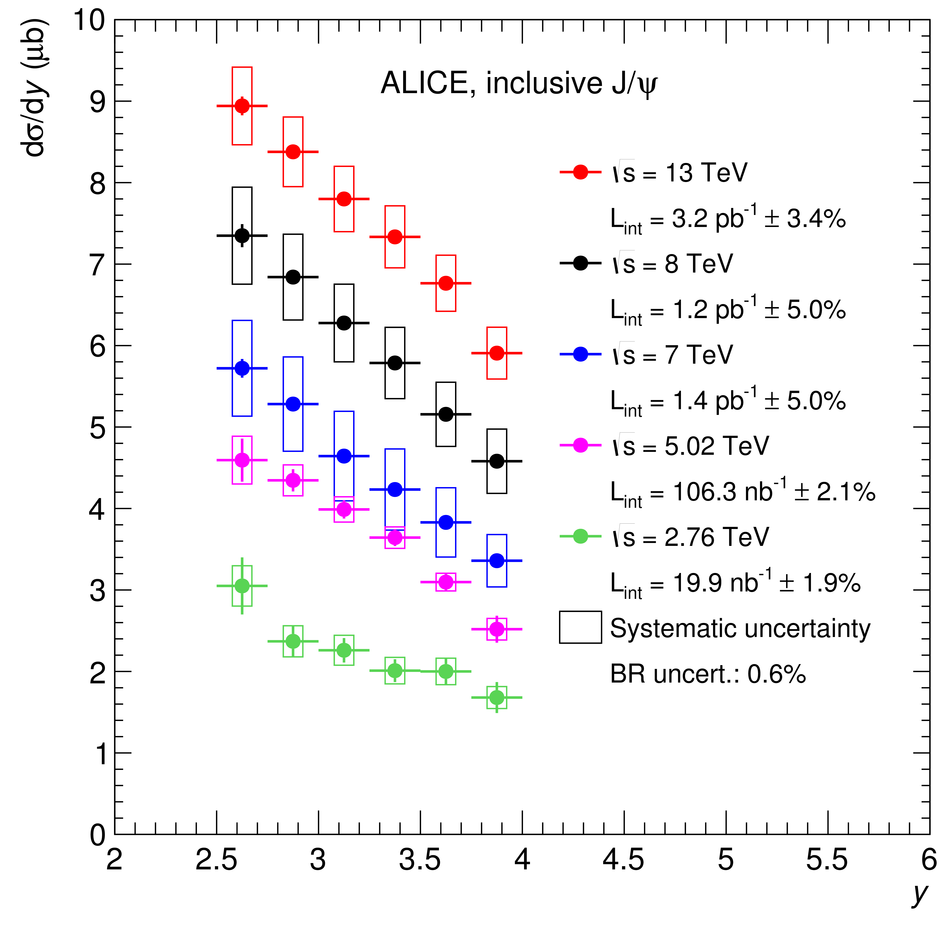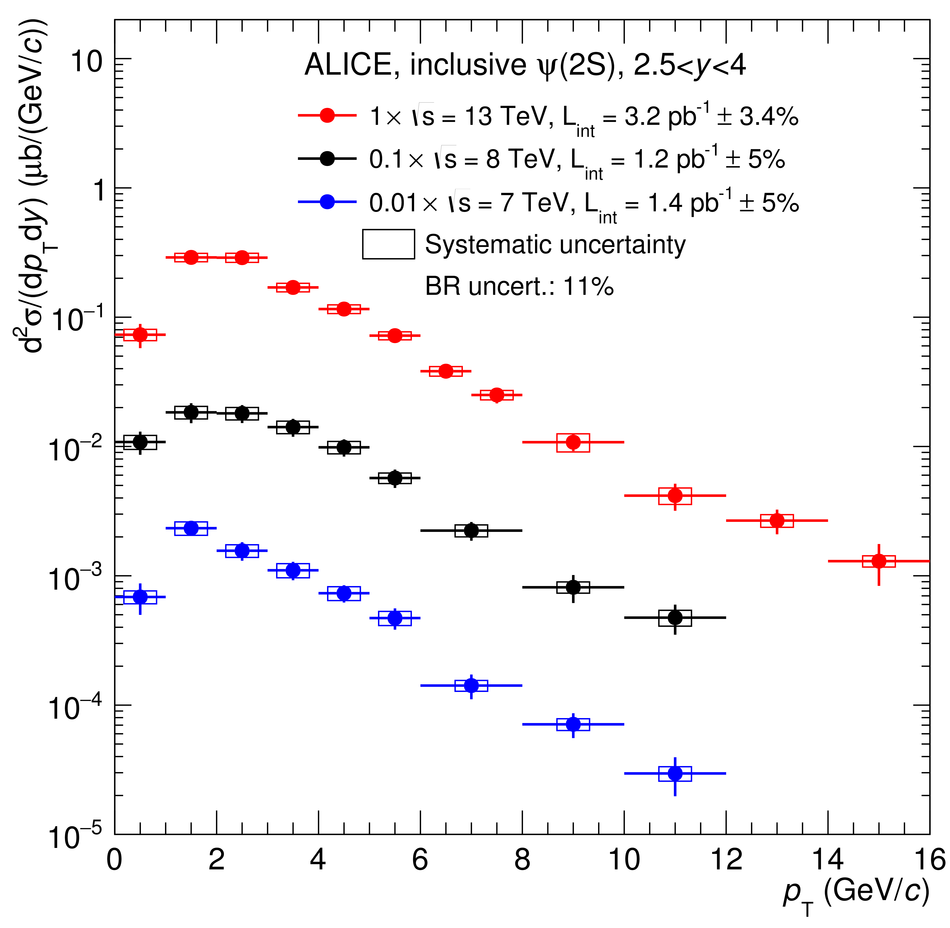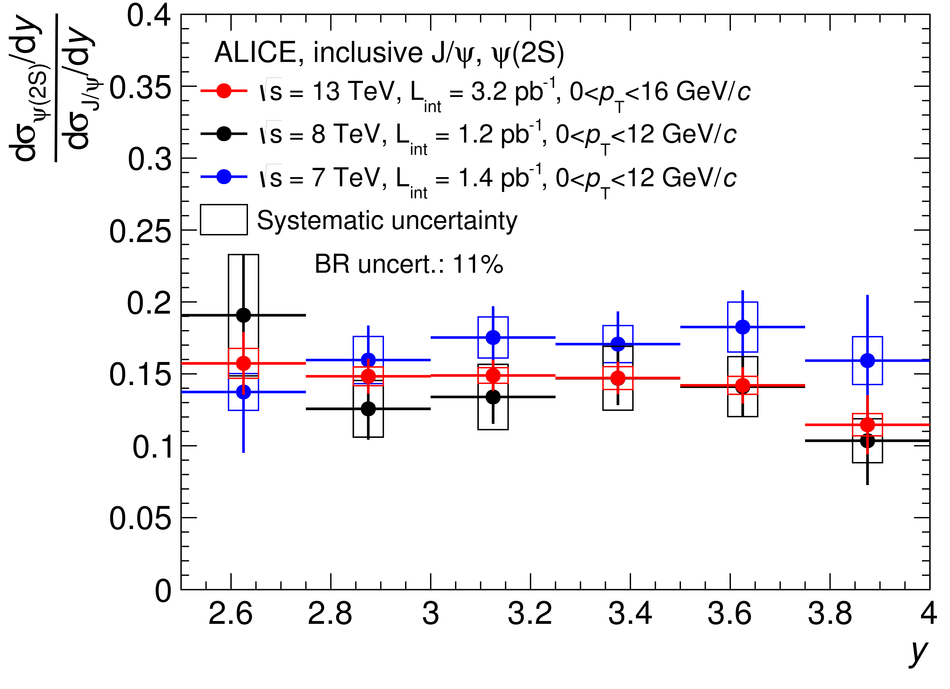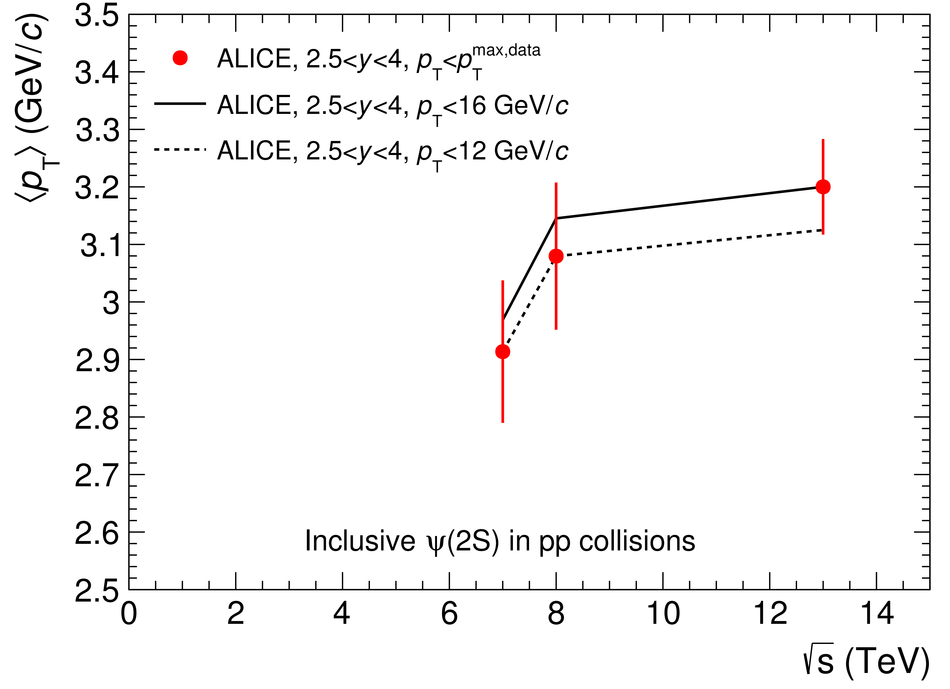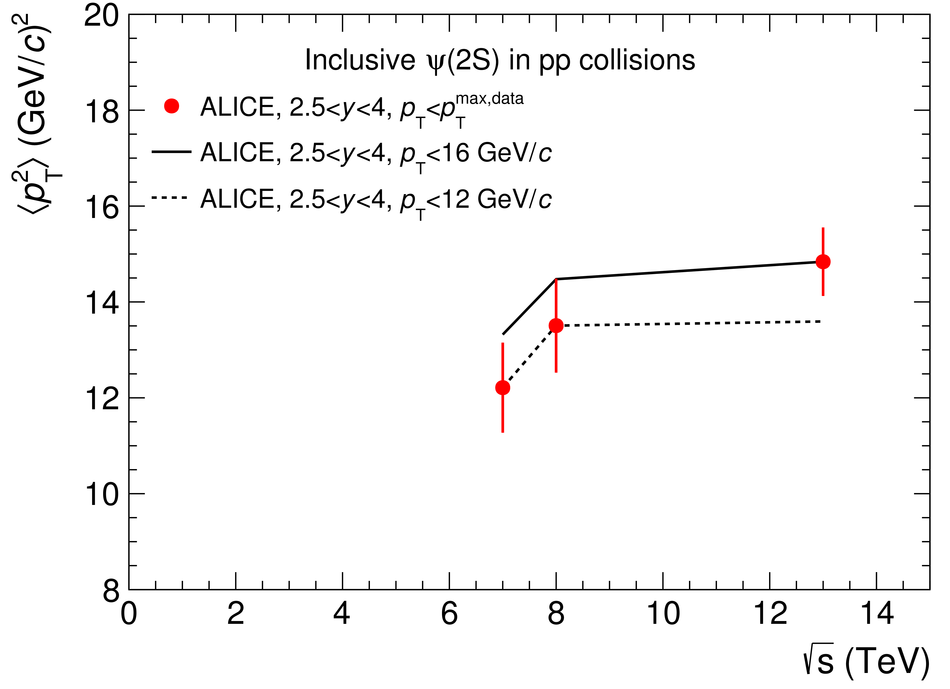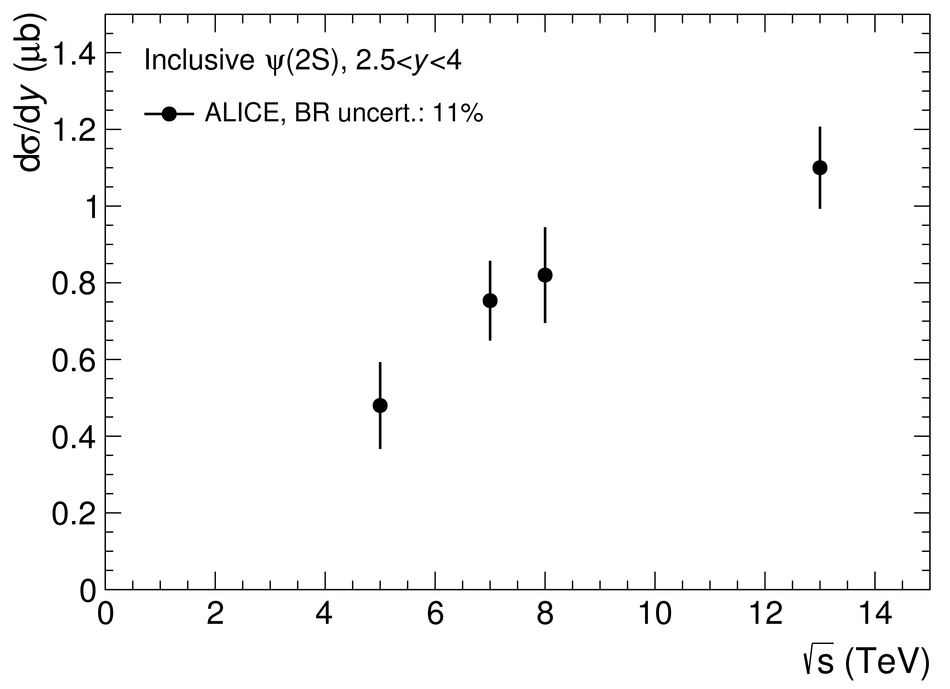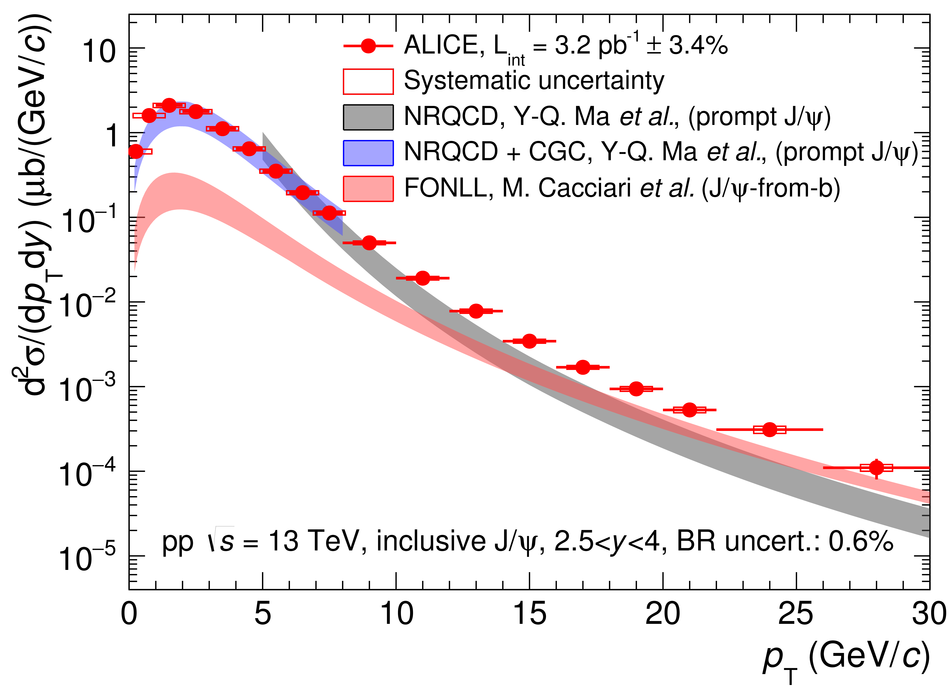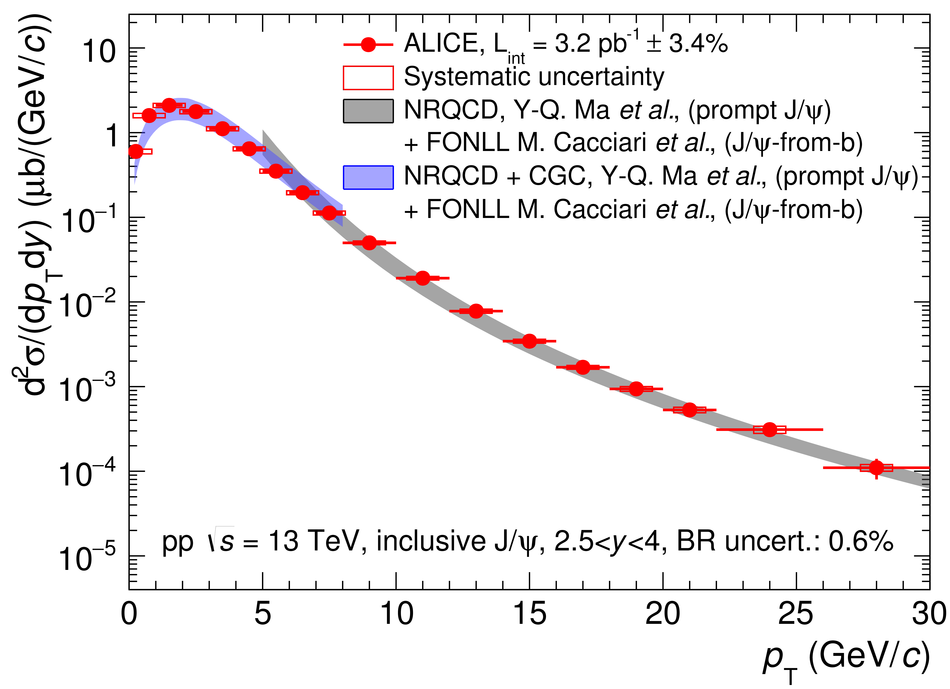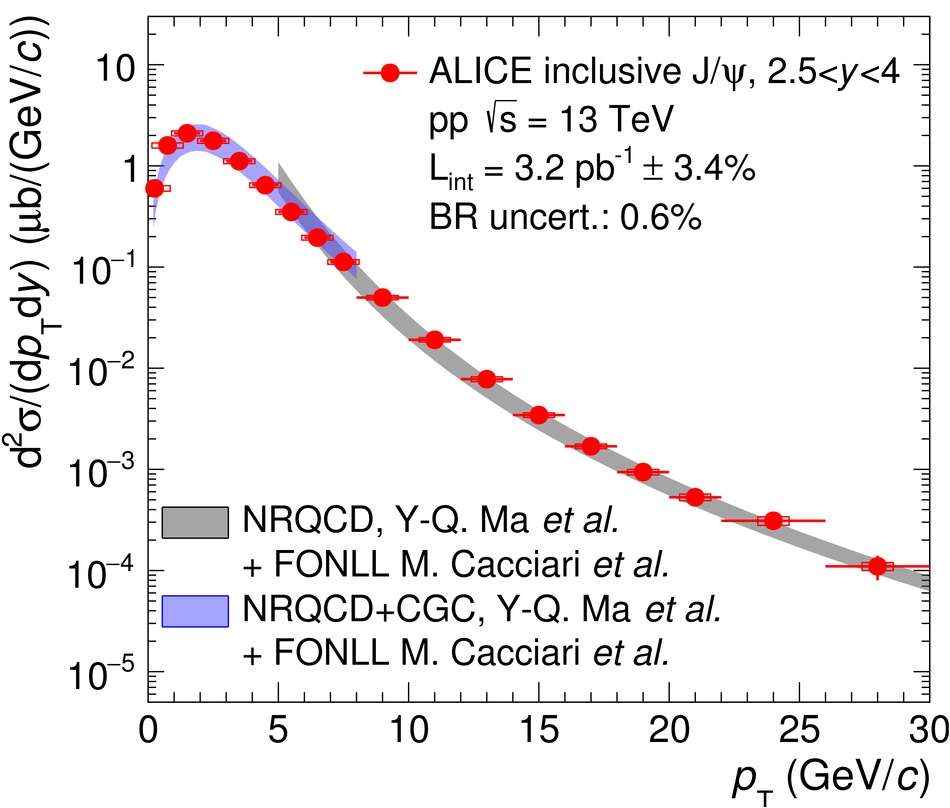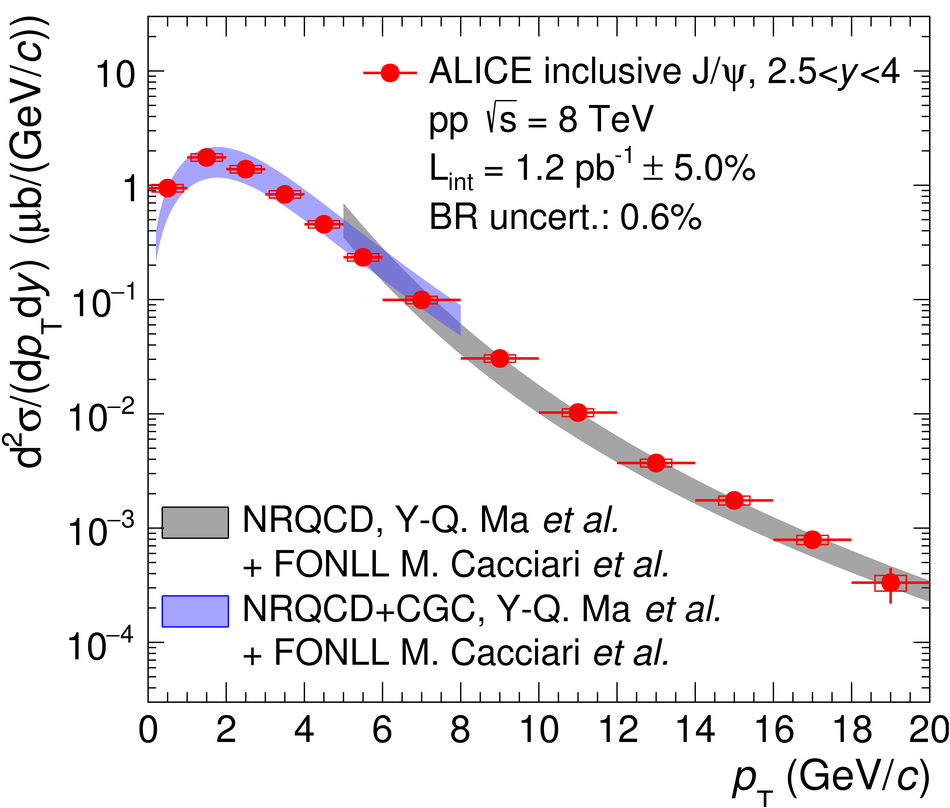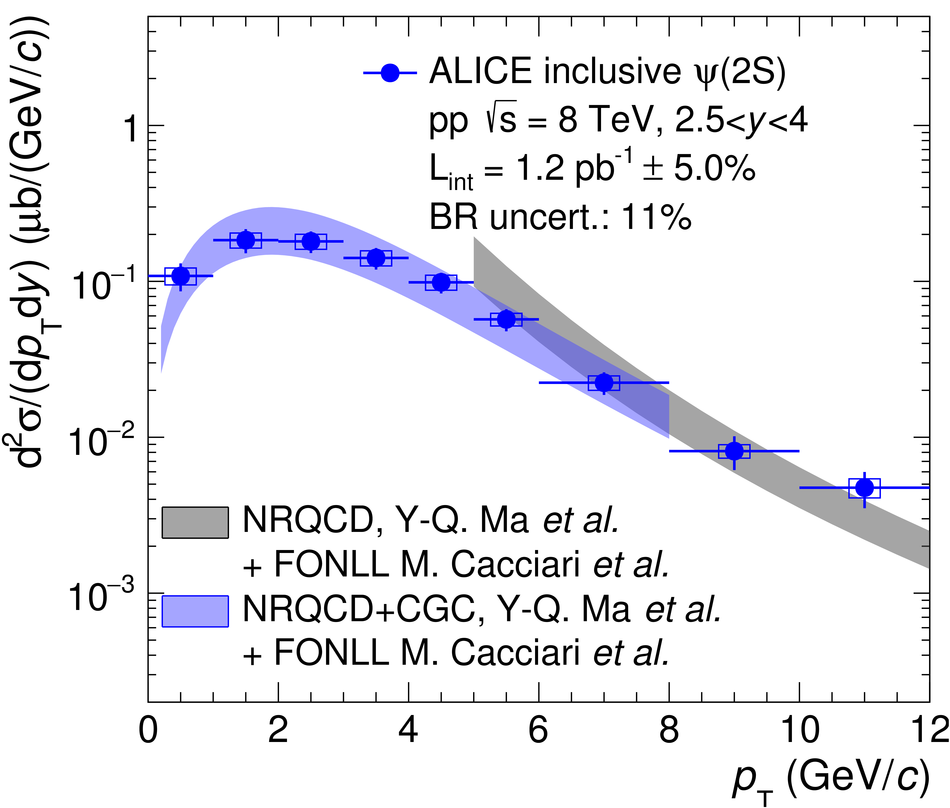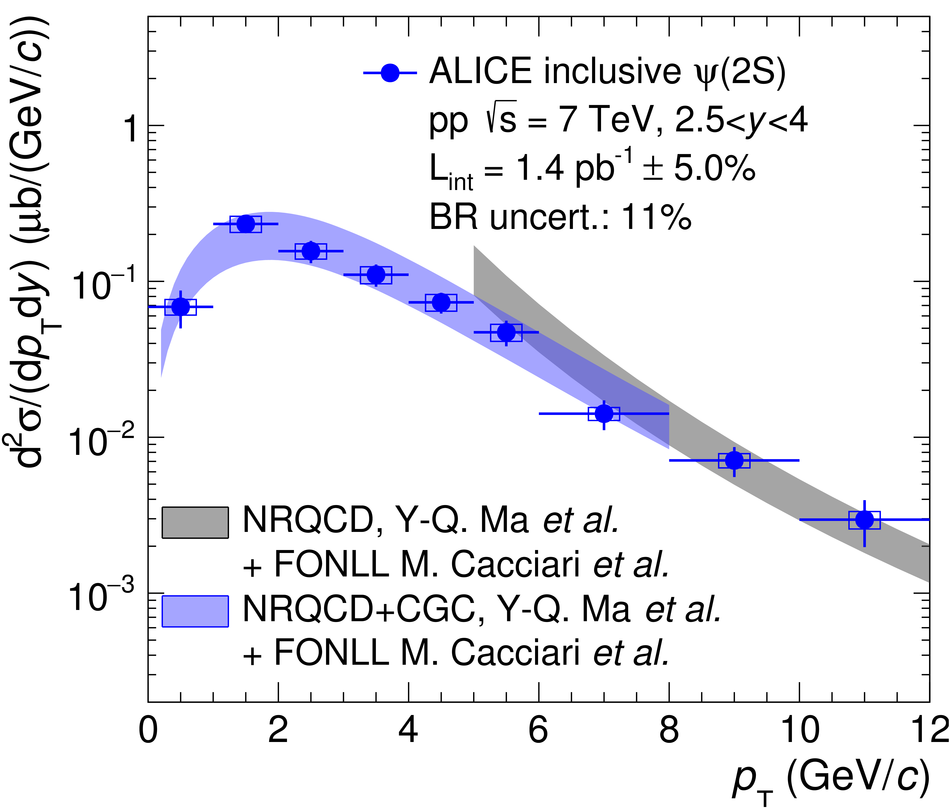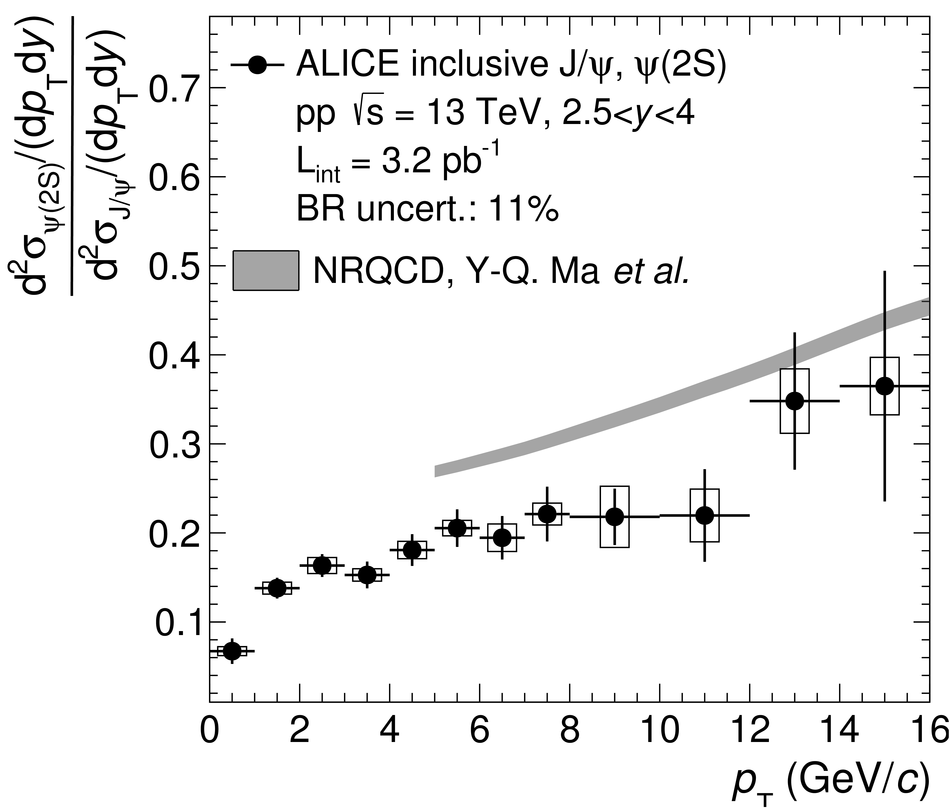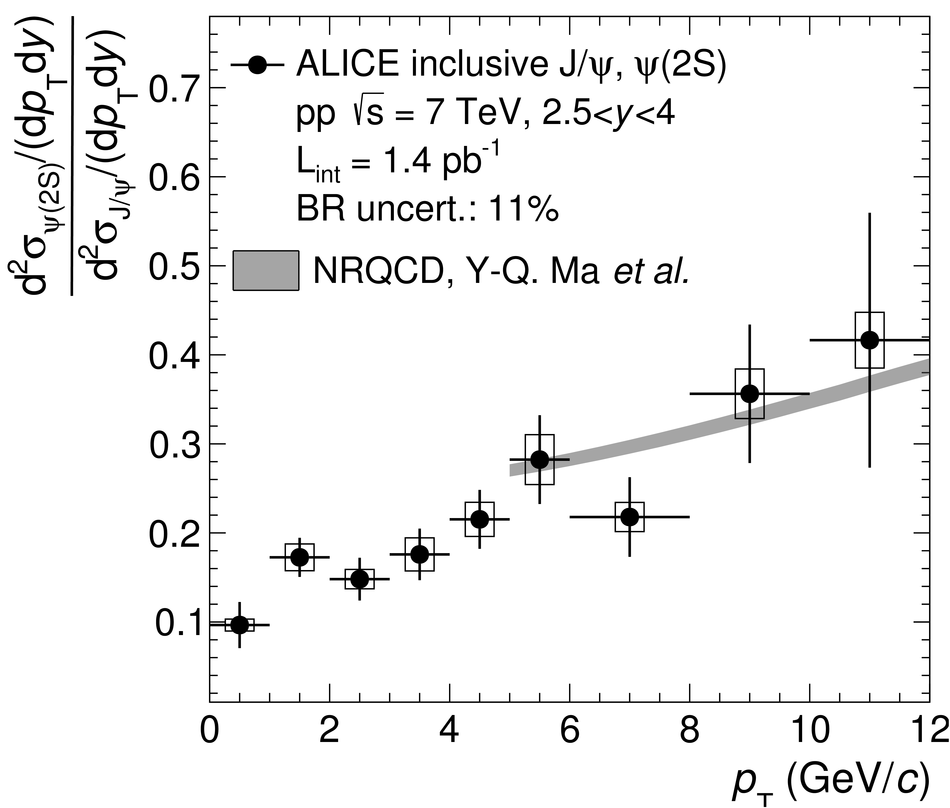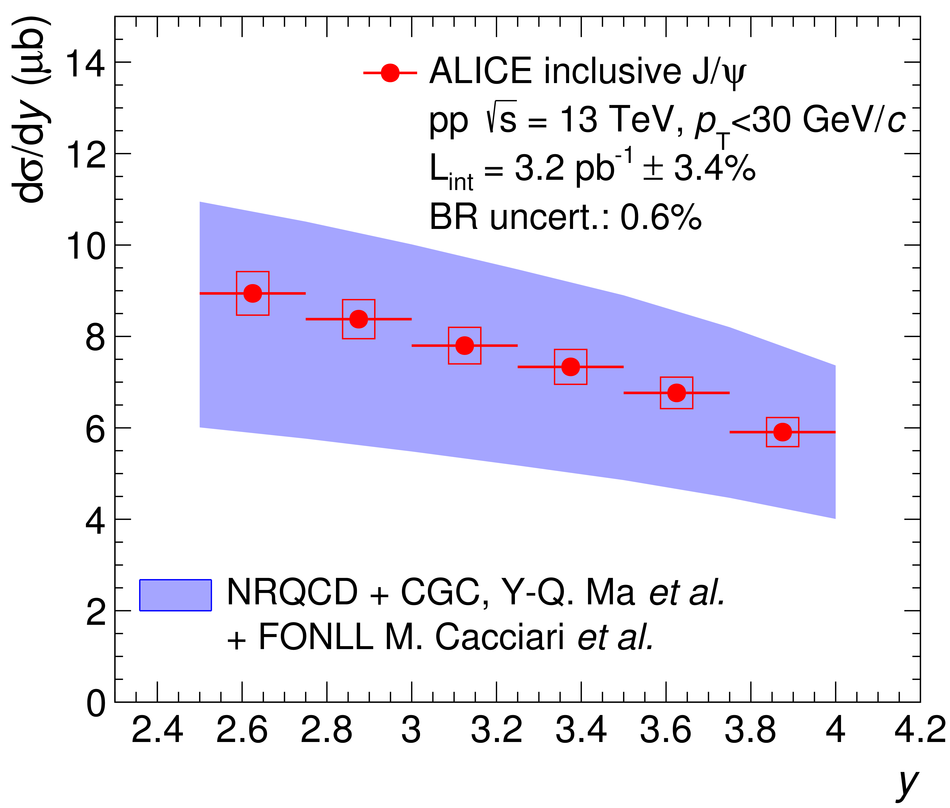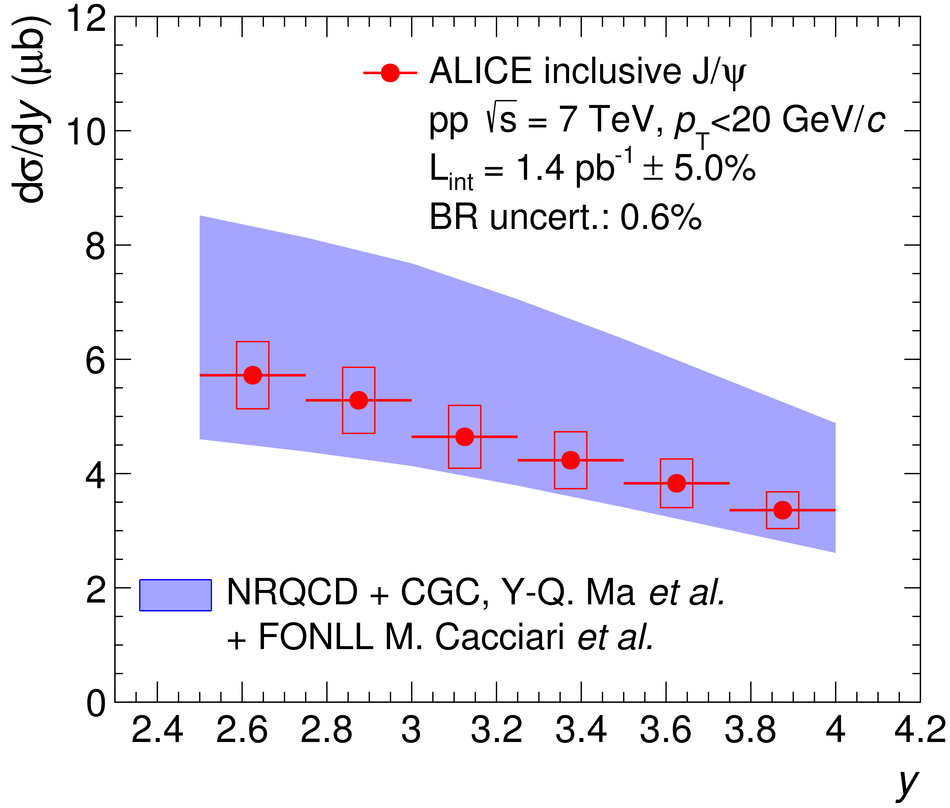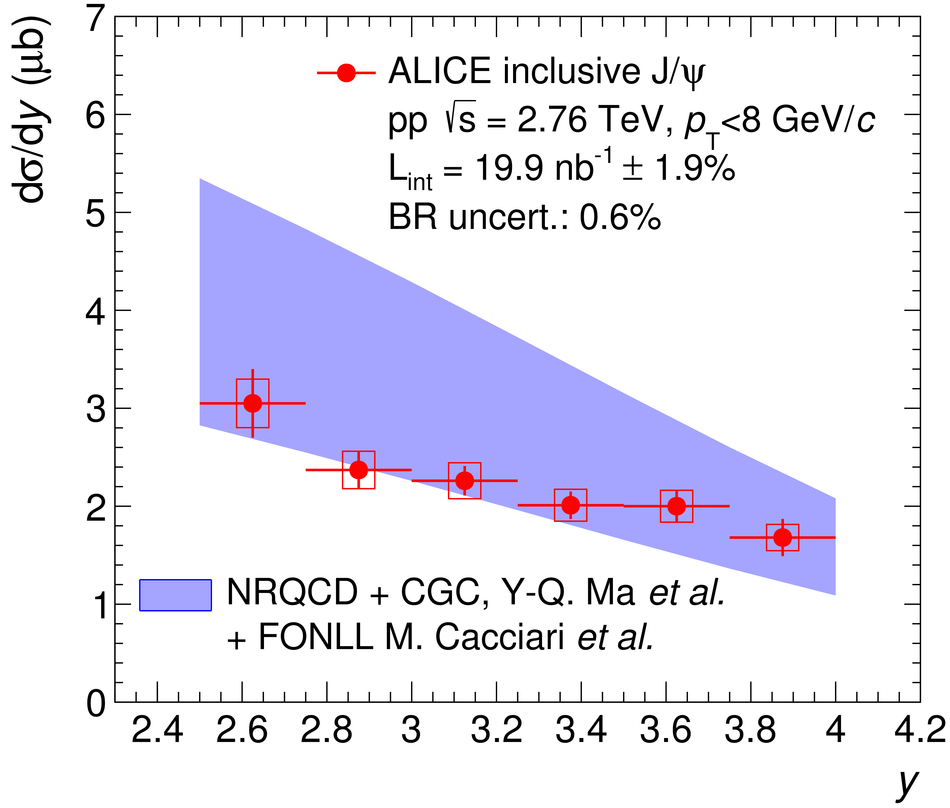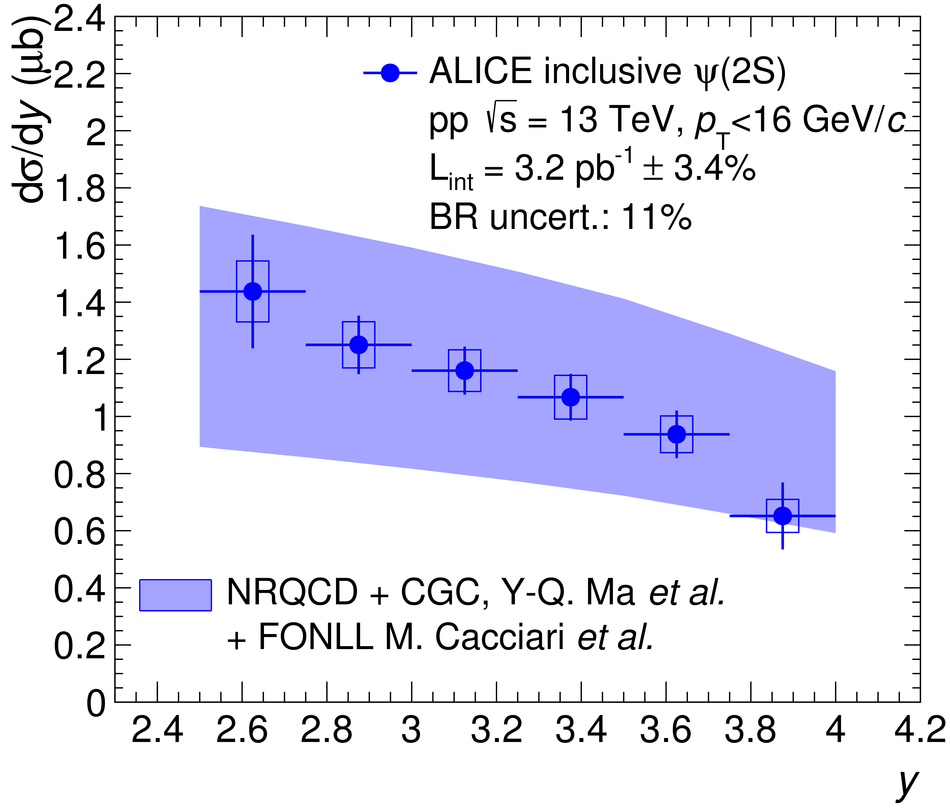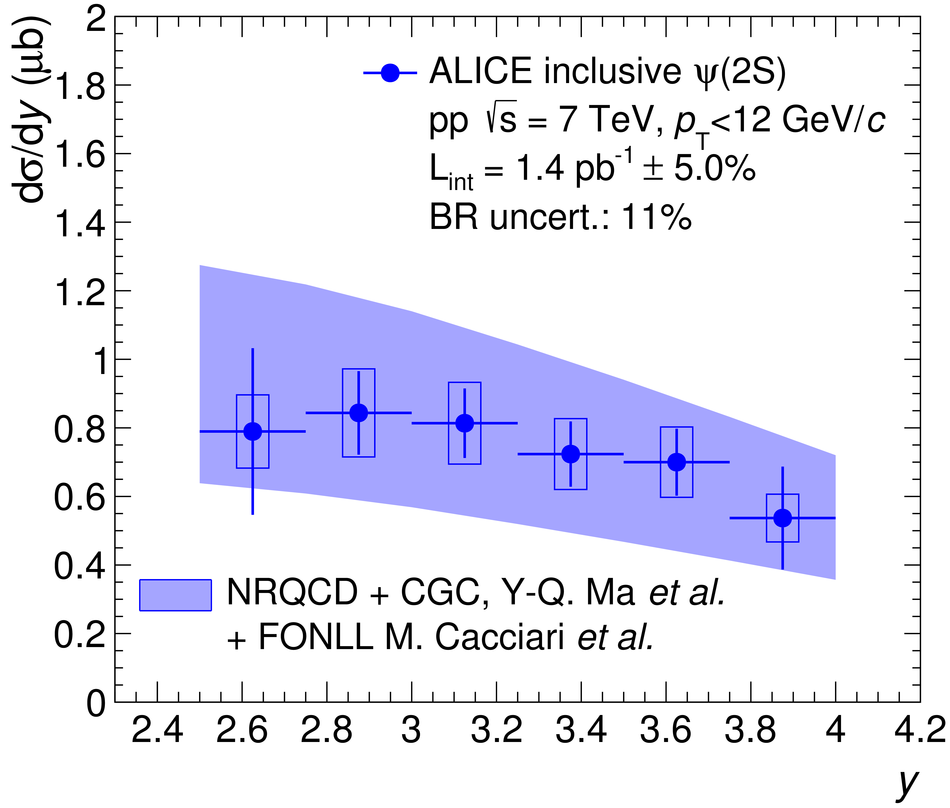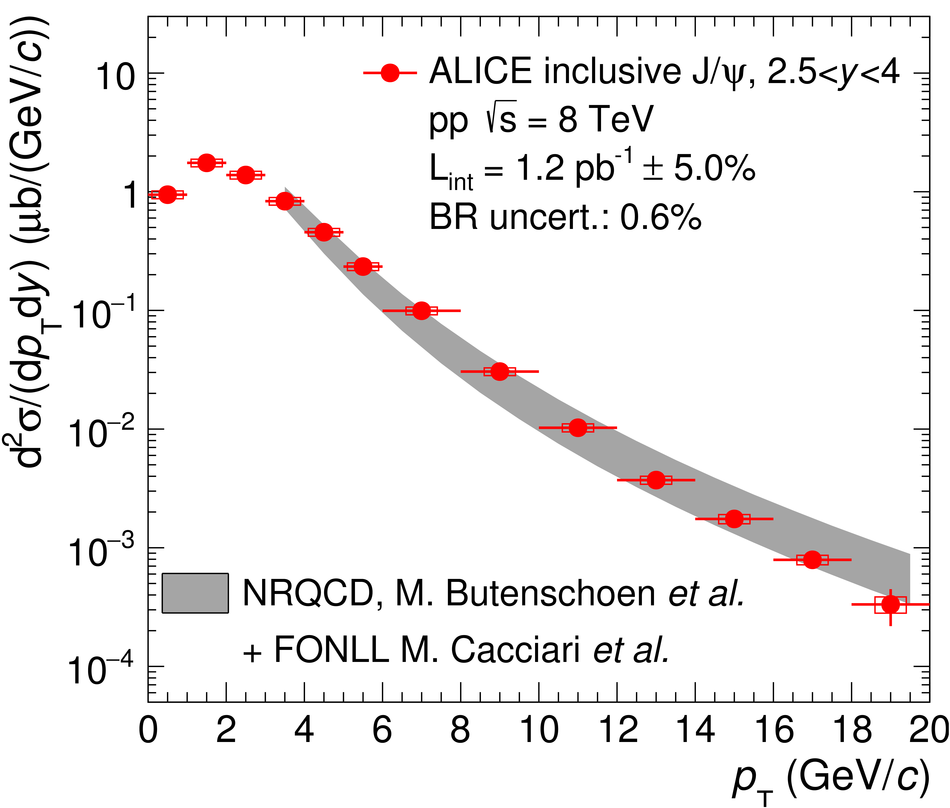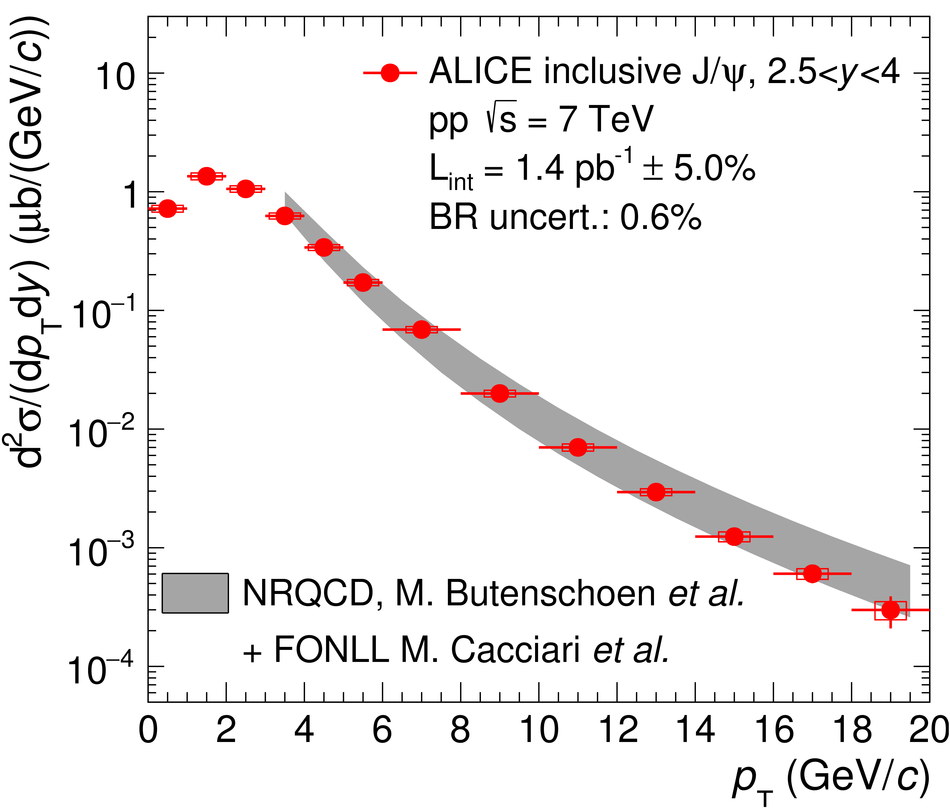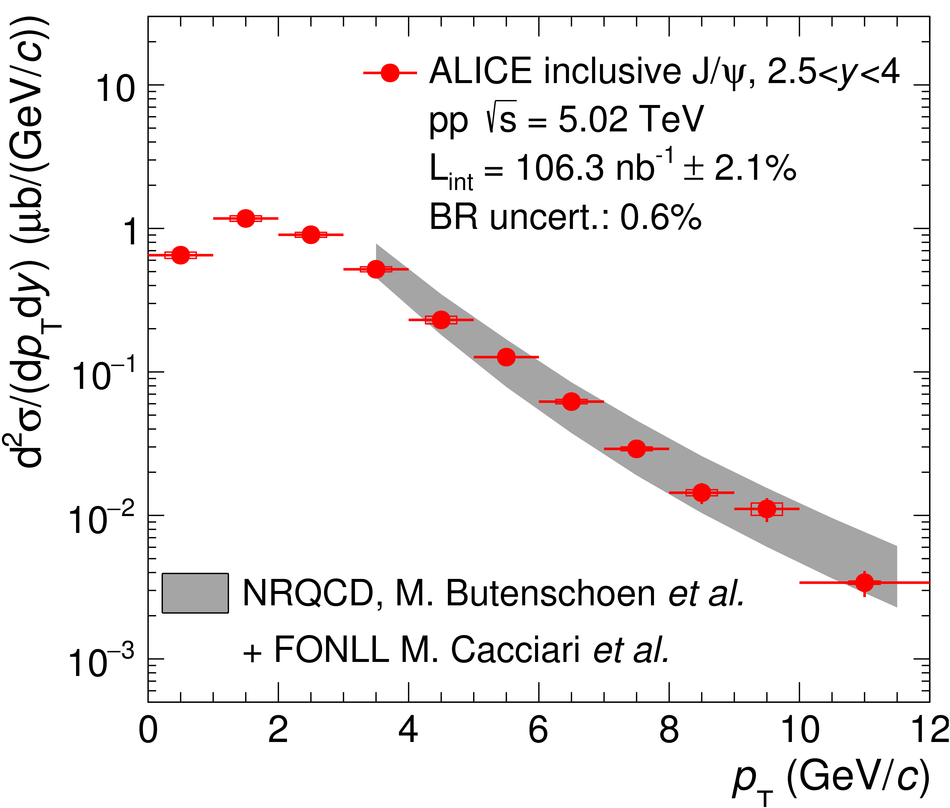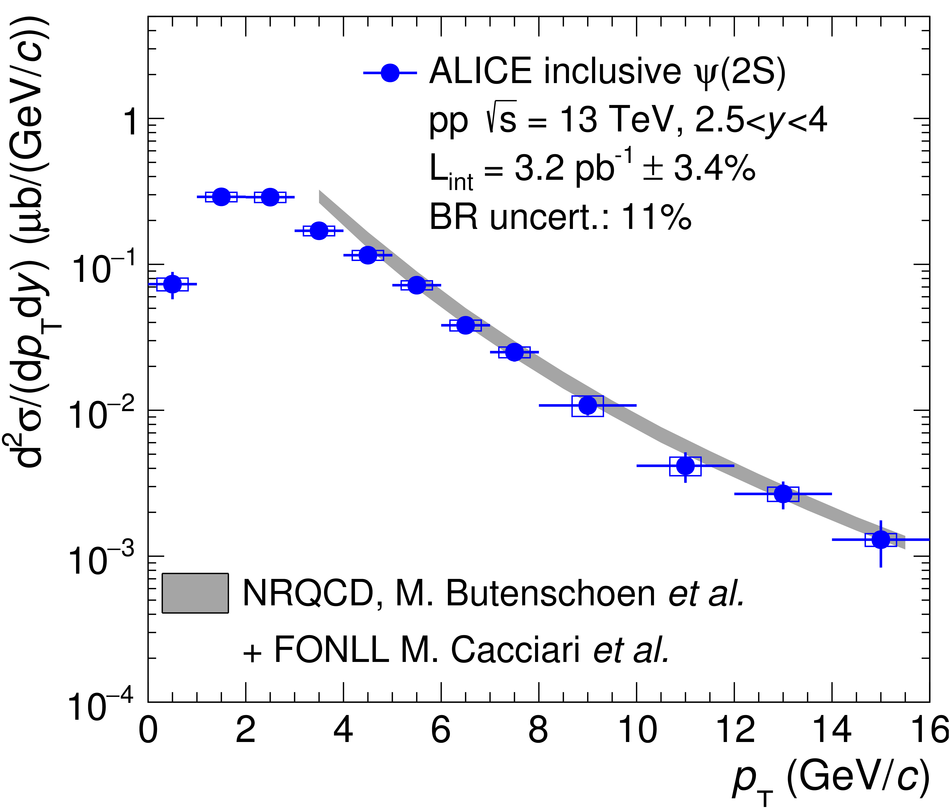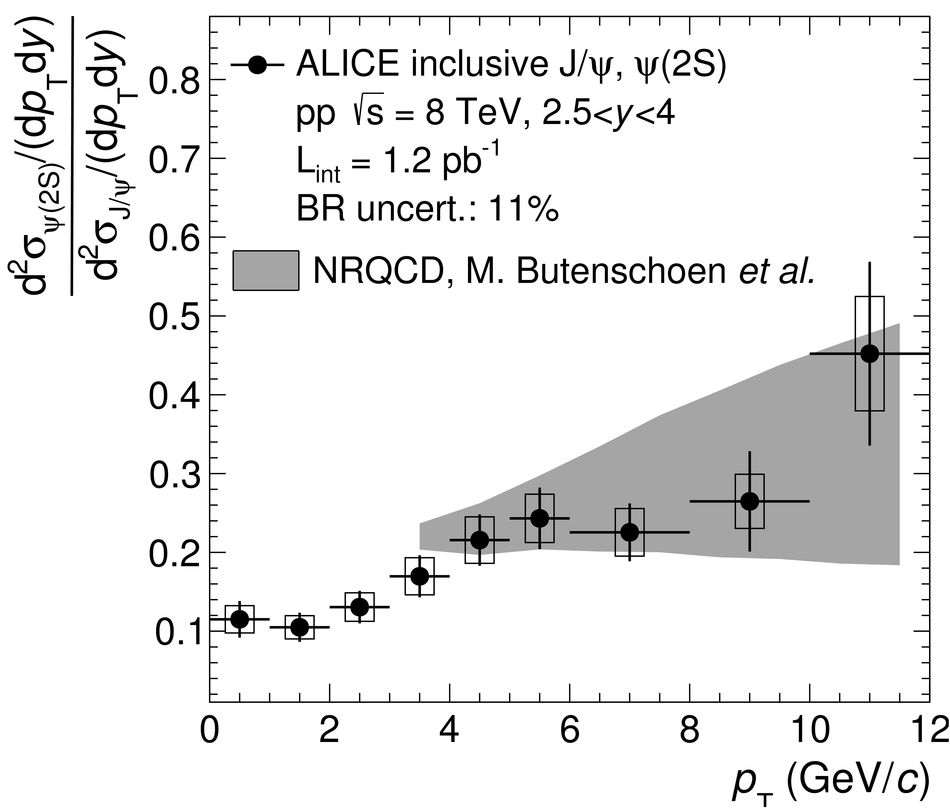We present results on transverse momentum ($p_{\rm T}$) and rapidity ($y$) differential production cross sections, mean transverse momentum and mean transverse momentum square of inclusive J/$\psi$ and $\psi(2S)$ at forward rapidity ($2.5<~y<~4$) as well as $\psi(2S)$-to-J/$\psi$ cross section ratios. These quantities are measured in pp collisions at center of mass energies $\sqrt{s}=5.02$ and 13 TeV with the ALICE detector. Both charmonium states are reconstructed in the dimuon decay channel, using the muon spectrometer. A comprehensive comparison to inclusive charmonium cross sections measured at $\sqrt{s}=2.76$, 7 and 8 TeV is performed. A comparison to non-relativistic quantum chromodynamics and fixed-order next-to-leading logarithm calculations, which describe prompt and non-prompt charmonium production respectively, is also presented. A good description of the data is obtained over the full $p_{\rm T}$ range, provided that both contributions are summed. In particular, it is found that for $p_{\rm T}>15$ GeV/$c$ the non-prompt contribution reaches up to 50% of the total charmonium yield.
Eur. Phys. J. C 77 (2017) 392
HEP Data
e-Print: arXiv:1702.00557 | PDF | inSPIRE
CERN-EP-2017-015


